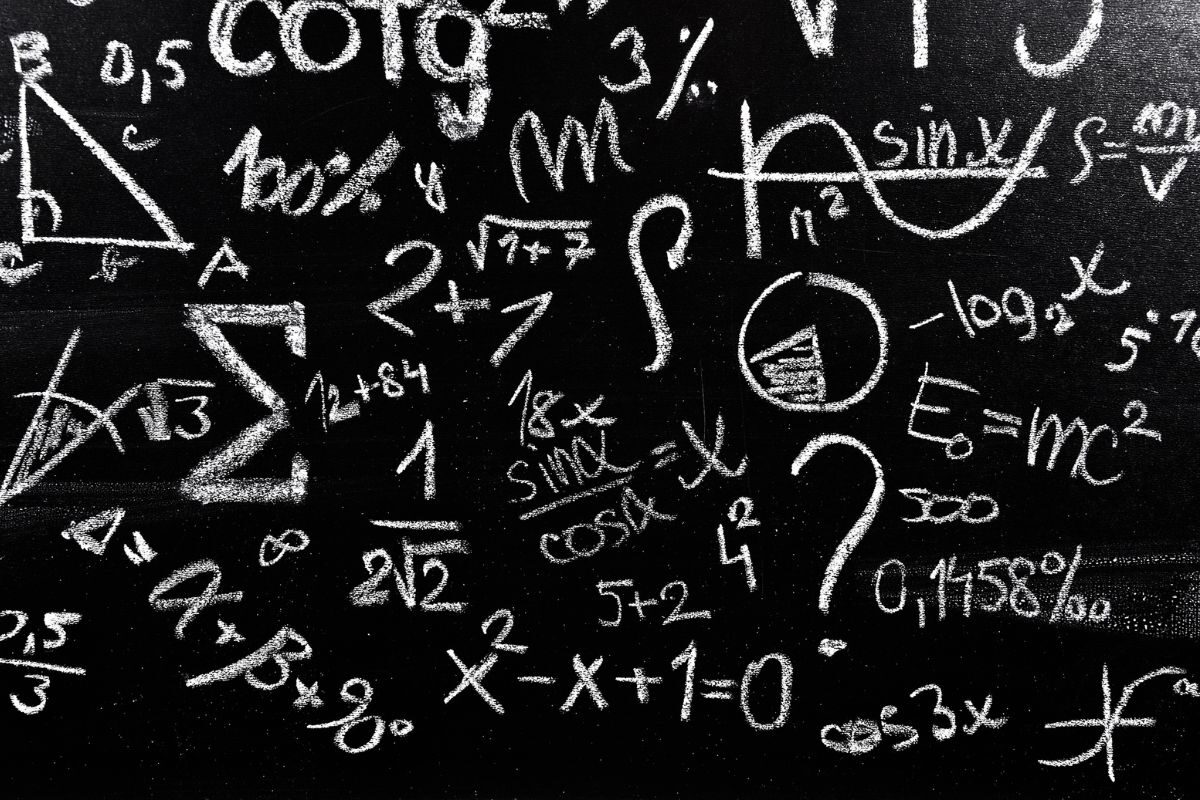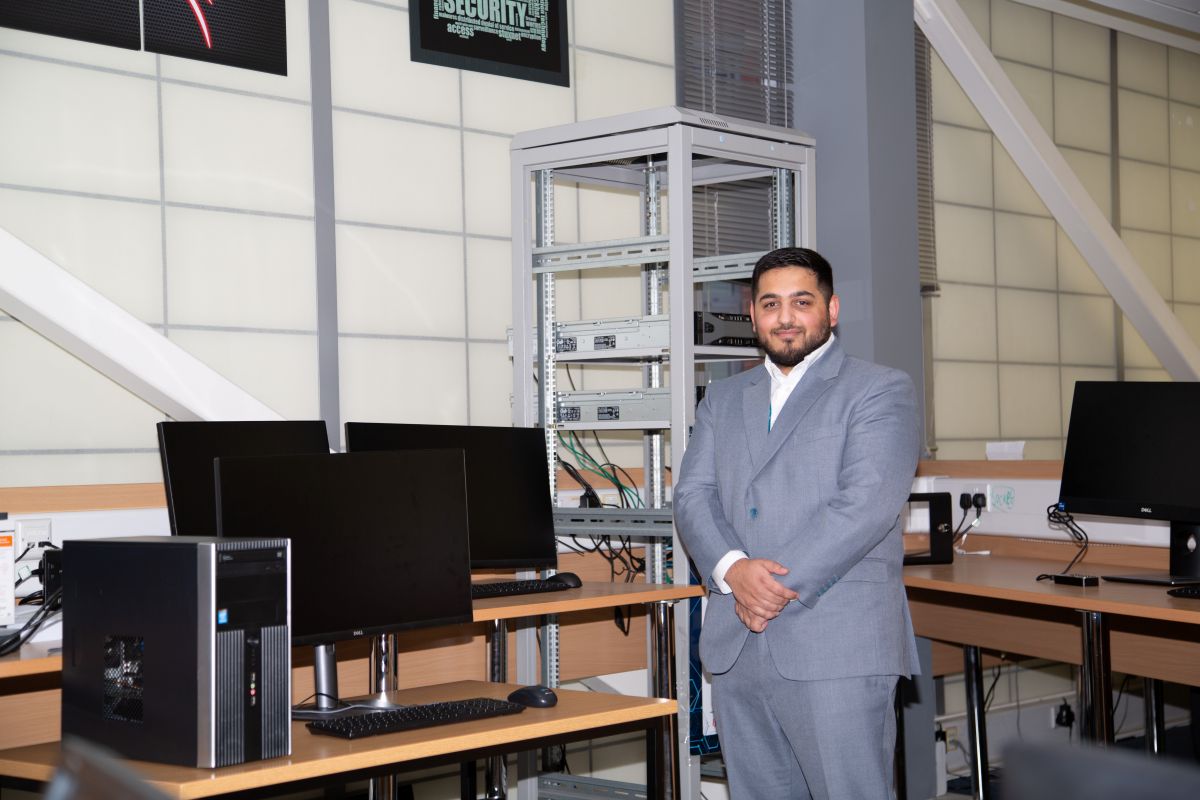Addressing Student Burnout Could Solve Falling Math Scores, Reveals Global Survey

Top U.S. and U.K. high school math students offer insights, solutions to boost math performance
With math scores falling globally, top high school math students point to academic burnout as a key factor. Among their recommended solutions to boost math performance? Tackle the root cause of burnout, get diversion through non-academic activities, and make STEM classes more applicable to everyday life.
That’s the finding of a survey of 16- to 18-year-olds in the U.S. and U.K. conducted in March by Philadelphia-based Society for Industrial and Applied Mathematics (SIAM). The survey gathered responses from 1,000 11th and 12th grade students from across the U.S. and sixth form students in England and Wales, as well as some of their teachers, to get their insights on the impact events of the last three years have had on math performance. The students queried are participants in this year’s MathWorks Math Modeling Challenge (M3 Challenge), an annual internet-based, intensive math modeling contest organized by SIAM.
“The poll shows that even top students have been struggling with school-related pressures, with 83% saying that they have experienced or somewhat experienced academic burnout in the last two years, and 32% saying their anxiety over math has increased,” said Dr. Karen Bliss, Senior Manager of Education and Outreach at SIAM. “Yet, rather than following the downward math performance trend, the majority still did well in math, with 35% landing even better math grades than previous years and 55% maintaining their average.”
Bliss explained that by exploring the motivation and practices behind the survey participants’ academic success, the SIAM study may help other students boost their math scores.
Survey results
According to the survey, the majority (57%) of students queried said that motivation to get into a good college or university is what helped sustain their interest in math over the last few years. For 35% of respondents, getting a scholarship or a good-paying job was a motivating factor.
For those whose math scores improved, just over half (51%) said they tried extra hard to compensate for any weaknesses caused by remote or hybrid learning. Others stated they had more time to study due to less school commute time and fewer extracurricular activities (34%), and that they met with teachers more frequently online to get extra help and ensure their grades would be strong (18%). Although most students are back to attending class fully in person, these insights can be considered now when combating falling math scores, especially ensuring students have ample time to dedicate to schoolwork and are asking for extra help from teachers when needed, Bliss explained.
Weighing in on why they think math scores may be dropping across the board, 66% of respondents point to lack of student motivation and focus, while half peg the reason to students’ failure to see how math connects to real life. More than 43% cite student burnout.
Boosting scores, motivation
What can turn falling math scores around? According to the students, addressing the underlying issue of student burnout and anxiety (45%), making math class more applicable to every-day life (44%), and uncovering gaps in knowledge and addressing them with extra help (42%) are key.
To lessen academic burnout, two out of three respondents suggested that students do more things that make them happy and release negative energy – such as physical activity and hanging out with friends – while more than half (54%) think having less homework and projects would be effective. Having more time to dedicate to schoolwork was cited by 47% of survey respondents, while 22% believe less pressure from parents would help.
As far as what students themselves can do to boost their own math performance, respondents suggested asking for help from teachers, fellow students, or parents when needed (63%); paying attention in class (57%); getting more sleep at night (41%); and forming a study group (28%).
“The survey is helpful in understanding what makes those who are passionate about math succeed, so that educators, parents, and students who struggle with STEM can learn from it,” Bliss said. “A good grasp of mathematical concepts is critical to ensure the skills of the next generation are competitive and innovative – not only to boost math scores, but to open doors to future job opportunities that enable them to make meaningful contributions to society and economic growth.”
According to Dr. Kathleen Kavanagh, Director of the Institute for STEM Education at Clarkson University and an M3 Challenge judge: “Teachers of all grade levels are facing a learning gap in our students that we have never seen before coming out of the pandemic. On top of it, both students and teachers are burnt out, so finding the energy for innovative and impactful teaching that can help raise students up again is challenging. Getting students interested in math by showing how it is applied to the world around them has always been a tried and true way to make a difference. Not only can it get kids thinking, it can motivate all of us, educators and students alike, because we see the incredible value in mathematics.”
Now in its 18th year, M3 Challenge involves high school juniors and seniors, and sixth form students, working in small teams and committing 14 consecutive hours to devise a solution to a real-world problem using mathematical modeling. Of the hundreds of participating teams, eight finalist teams were selected from across the U.S., England, and Wales, after having their submissions judged by an international panel of Ph.D.-level mathematicians. Finalist teams will receive an all-expenses-paid trip to New York City to participate in the competition’s final judging event, which will take place on April 24.
Sponsored by MathWorks, the leading developer of mathematical computing software, M3Challenge spotlights applied mathematics and technical computing as powerful problem-solving tools and viable, exciting professions. This year’s competition — which will award more than US$100,000 (~£75,000) in scholarship prizes — asked students to use math modeling to predict the growth of e-bike use and its impact on society and other modes of transportation. It drew the participation of nearly 3,000 students across 650 teams.
Learn more about M3 Challenge and the 2023 challenge problem.
See the full list of schools with winning teams.
About Society for Industrial and Applied Mathematics
Society for Industrial and Applied Mathematics (SIAM), headquartered in Philadelphia, Pennsylvania, is an international society of more than 14,000 individual, academic, and corporate members from 90+ countries. SIAM helps build cooperation between mathematics and the worlds of science and technology to solve real-world problems through publications, conferences, and communities like student chapters, geographic sections, and activity groups. Learn more at siam.org.
About MathWorks
MathWorks is the leading developer of mathematical computing software. MATLAB, the language of engineers and scientists, is a programming environment for algorithm development, data analysis, visualization, and numeric computation. Simulink is a block diagram environment for simulation and Model-Based Design of multidomain and embedded engineering systems. Engineers and scientists worldwide rely on these products to accelerate the pace of discovery, innovation, and development in automotive, aerospace, communications, electronics, industrial automation, and other industries. MATLAB and Simulink are fundamental teaching and research tools in the world’s top universities and learning institutions. Founded in 1984, MathWorks employs more than 6,000 people in 34 offices around the world, with headquarters in Natick, Massachusetts, USA. For additional information, visit mathworks.com.











Responses